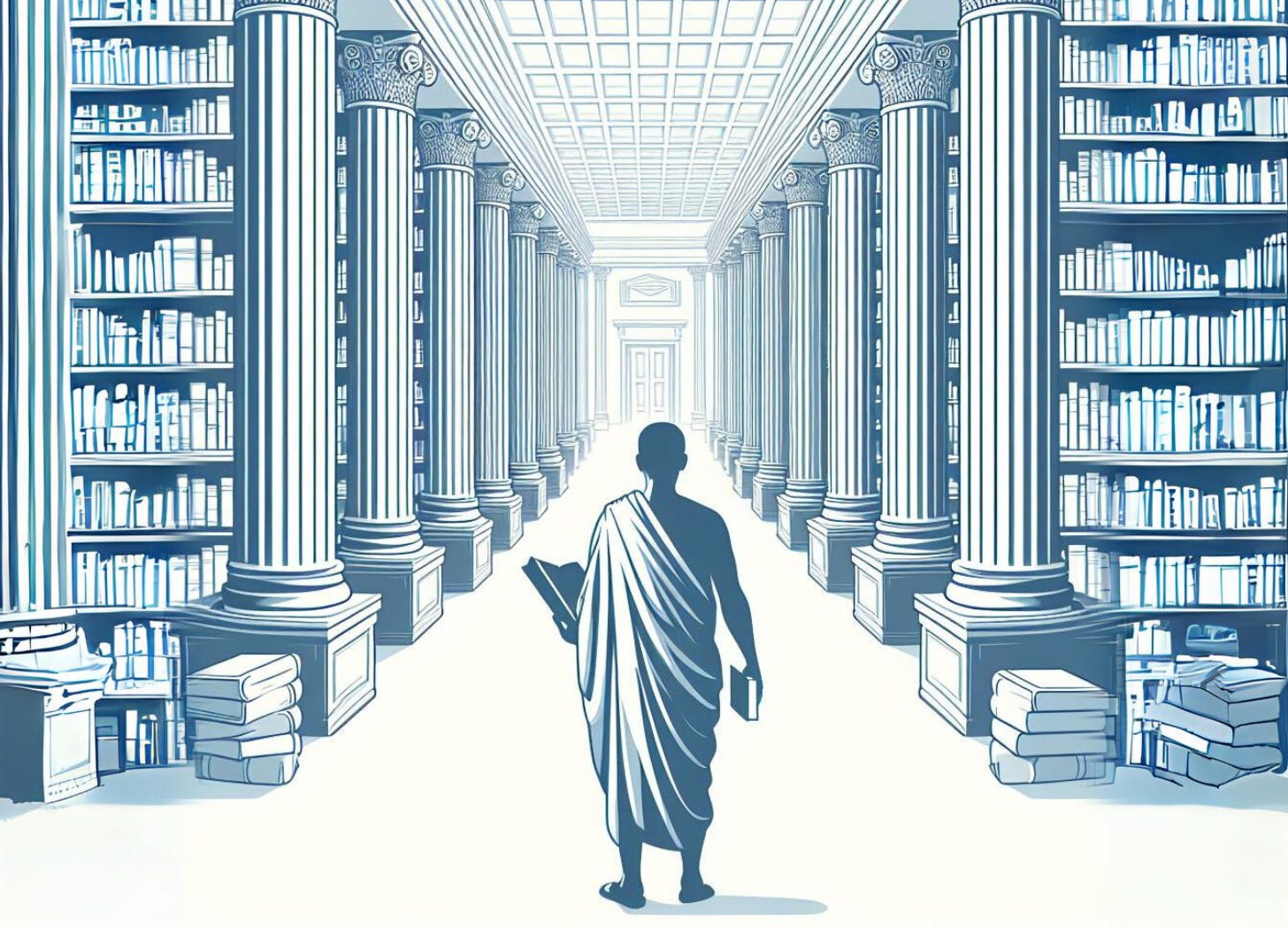If you prefer audio of this article, click here.
Victorian education was objectively superior to modern education. A school boy would graduate not only being able to read Greek and Latin, but also to converse and even debate in Greek and Latin. Meanwhile, 1 in 7 American adults can’t read at all.
Literacy isn’t the only way in which Victorian education was superior—it also emphasized breadth of learning. When you read Mary Beard, you are convinced that she has not even read the whole classical Latin corpus, much less the Greek, still less much medieval material. And she is a luminary in her field. An average classicist in 1870 had read the entire Greek and Latin corpus in the original languages and was readily conversant in a wide range of material from other times and places, often in those languages too.
The reason why we mention these depressing facts is not to belittle us and to congratulate the past, but because breadth of knowledge matters enormously when it comes to history. If you don’t have a grasp of the whole, you will invariably be deceived as to the parts.
The body of primary sources has effectively not changed for well over a century, and those primary sources are almost all we have to go on. Yes, we now have genomics and modern archaeology, but this has really dispelled very little of what we thought we knew about the ancients.
This situation is not confined to historical peoples. Even prehistorical cultures who left no written record were in some ways better understood 100 years ago. The only way we know there even was an Indo-European people is through comparative linguistics. Scholars in the past drew on a broad range of comparative sciences—comparative linguistics, folklore, ritual, law, mythology, and others—to construct a secure picture of the Indo-Europeans. Meanwhile, modern archeology can’t decide which prehistorical culture the Indo-Europeans even were. Is it Sredny Stog? Yamnaya? Did they come from the steppe? Anatolia? The answers change almost yearly.
This is in no way to discount archeology or genomics. These are important sources of information. They can and have disconfirmed certain things we thought we knew about our eldest forefathers. But far and away they have tended to confirm what we thought we knew, and the more we learn, the more often we find that 19th century scholarship was right, even when it disagreed with 20th century scholarship. And this was because of the firm grasp this earlier generation of scholars had on the primary sources, and their relative lack of dependence on secondary sources. There is a very good reason why Wikipedia doesn’t like articles that lean too heavily on primary sources, and it isn’t to be rigorous.
So, if you want to understand paganism (or for that matter, anything historical), you need to have read the primary sources, and you need to have read them all, over and over. Unfortunately, this puts a firm grasp of paganism out of reach for most people, because not everyone can learn dead languages to read five hours a day to understand the ancients. A second best is to read those people who have done just that.
This is the purpose of the following list. It cuts between the Scylla of too much physical anthropology which tells an incomplete story whose gaps are filled in by personal taste, and the Charybdis of dilettantes with a shaky grasp of the primary sources and who idealize the past. The scholars in this list view the past as it was, and found their view on the most secure evidence we have—historical sources.






